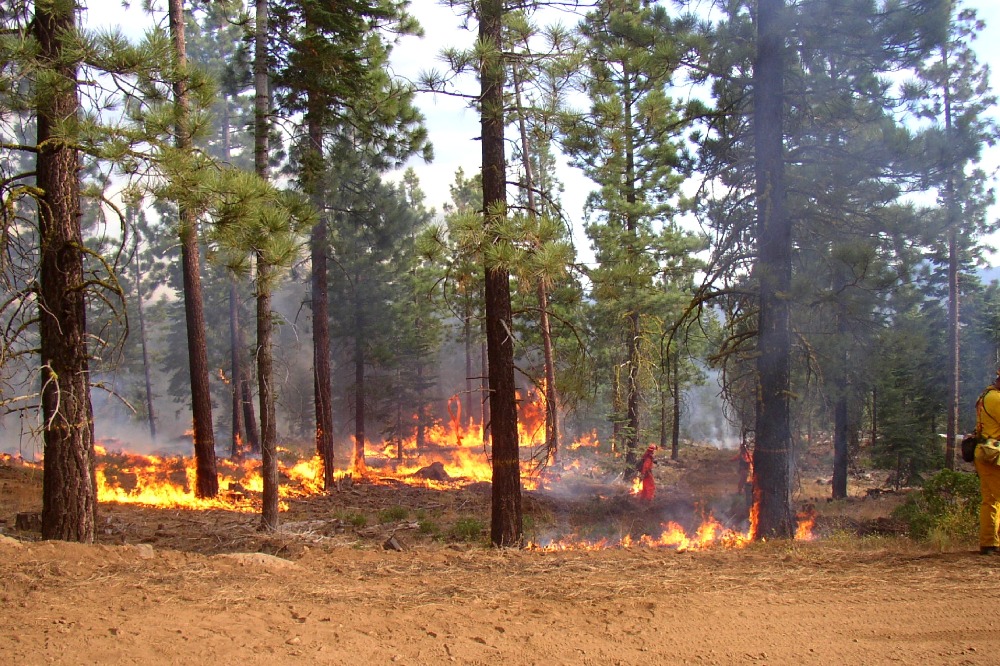Australians warned to brace for ‘return of destructive bushfire seasons’

Australians warned to brace for ‘return of destructive bushfire seasons’ | Insurance Business Australia
Catastrophe & Flood
Australians warned to brace for ‘return of destructive bushfire seasons’
Index reports extreme high temperatures and above-average maximum sea levels
Catastrophe & Flood
By
Roxanne Libatique
Australians have been warned to brace for destructive bushfire seasons.
The Actuaries Institute’s Australian Actuaries Climate Index (AACI) measures the frequency of extreme weather against a base period of 1981 to 2010. The latest index revealed that recent weather conditions, such as a drop in extreme rainfall and a rise in extreme temperatures, could encourage bushfire development.
Weather conditions
The index recorded its 31st consecutive positive index value in Autumn 2023, driven by an increase in extreme high temperatures and above-average maximum sea levels in March, April, and May.
The frequency of extreme high temperatures in Australia hit above average in northern and eastern parts, but lower than average in the south and west. Meanwhile, most coastal areas had above-average maximum sea levels during Autumn – with the east coast recording its third highest index value.
The index also recorded below-average frequency of extreme rainfall for most areas of Australia, particularly along the east, south, and north coasts following La Niña’s three-year reign.
“More dry weather along with the record amounts of vegetation growth from three years of consistent wet weather means the conditions are primed for potentially high bushfire risk in the summers ahead,” said Rade Musulin, lead collator of the AACI. “Whether that starts in early 2024 or 2025 is unknown. But we are heading in that direction. All the ingredients are there.”
According to the Bureau of Meteorology (BoM, the Autumn rainfall was below average for Australia. The BoM also put in place an El Niño Alert, predicting a 70% chance of it happening.
Changing climate
Despite showing signs of weather conditions changing from La Niña to El Niño, the AACI noted that the underlying Australian climate has changed.
“It shows a longer-term trend of an increasing frequency of extremes (relative to the Index baseline period of 1980-2010),” Musulin said. “So, this is a sign that we need to think about how these things develop over time. What the Climate Index is showing us is consistent with the warming climate.”
Related Stories
Keep up with the latest news and events
Join our mailing list, it’s free!






